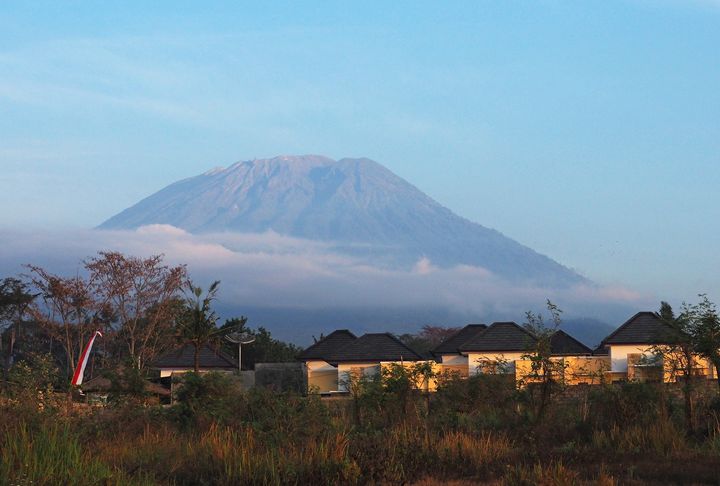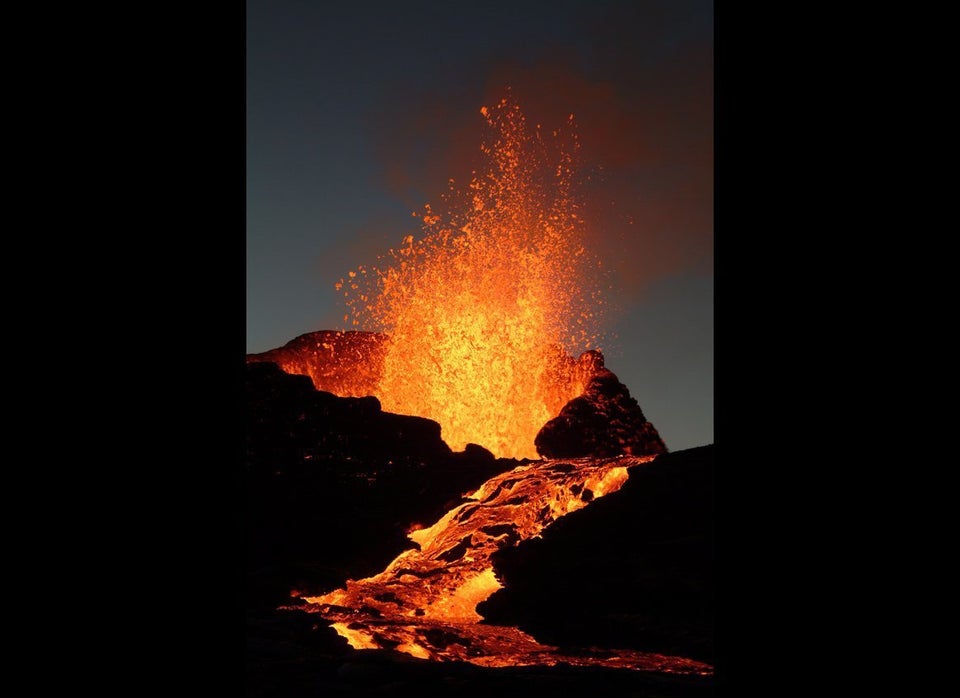KARANGASEM, Indonesia (Reuters) - Nearly 135,000 people on the Indonesian island of Bali have left their homes and taken shelter in makeshift evacuation centers after warnings the Mount Agung volcano could erupt at any time, officials said late on Thursday.
Spewing white smoke and sending tremors through the area, Mount Agung’s alert status was raised to the highest level last week. Since then, tens of thousands of villagers have abandoned their homes beneath the menacing volcano.

The national disaster management agency said many people have fled because they are unsure of their proximity to a 7-mile exclusion zone imposed around the crater.
Evacuees are being housed in tents, school gyms, and government buildings in neighboring villages.
While there are plentiful stocks of food, water, medicines, and other supplies, evacuees fear they are in for a long wait that could disrupt their livelihoods.
One farmer said he was worried that lava flows could destroy his house and farm.
“If my house is destroyed I don’t know how to restart my life. I don’t know where my kids will sleep and all I can do now is pray,” said Gusti Gege Astana, 40.
Officials also noted there are around 30,000 cattle within the danger zone around the volcano, and efforts are being made to move the livestock as it is an important source of income for many residents.

An elderly woman who survived that eruption said evacuation instructions had come much earlier this time.
“Back then we weren’t evacuated until it got really dangerous. Life went on as normal when ash and gravel was falling on us, until the big lava came out and destroyed everything,” said 82-year-old Gusti Ayu Wati.
Indonesia has nearly 130 active volcanoes, more than any other country. Many of these show high levels of activity but it can be weeks or even months before an actual eruption.
Bali is famous for its beaches and temples and saw nearly 5 million visitors last year, mainly from China, Australia, and Japan.
Some tourists, however, were having second thoughts about their holiday plans after several countries, including Singapore and Australia, issued travel advisories warning of the risk from the volcano.
Bali’s tourism department on Thursday issued a letter reassuring travelers and noting that flights were operating normally.
“The island is safe except for areas around Mount Agung. We urge tourists to continue visiting,” the letter said.
The transportation minister said on Wednesday that Bali-bound flights could be diverted to 10 airports across the country in case of an eruption.
Ash clouds from volcanic eruptions have disrupted tourism in Bali and other parts of Indonesia in recent years. Hundreds of domestic and international flights were disrupted in 2016 when a volcano erupted on Bali’s neighboring Lombok island, sending columns of ash and debris into the air.

